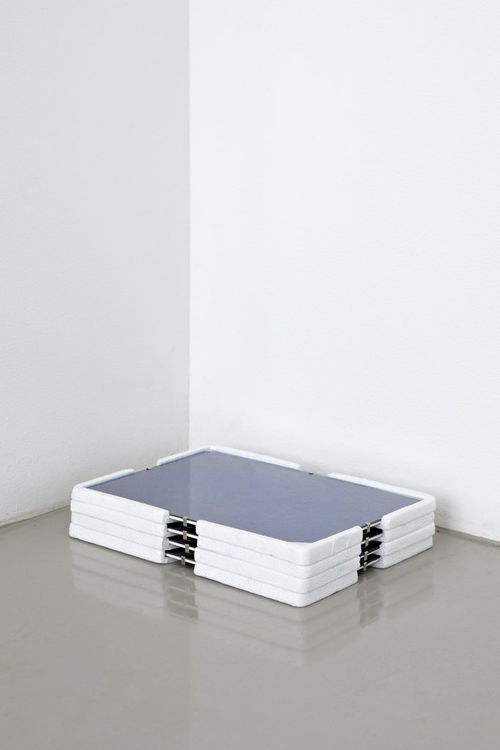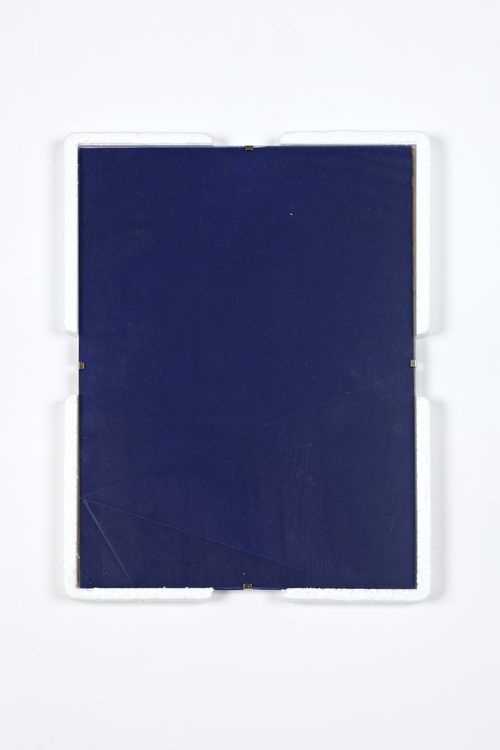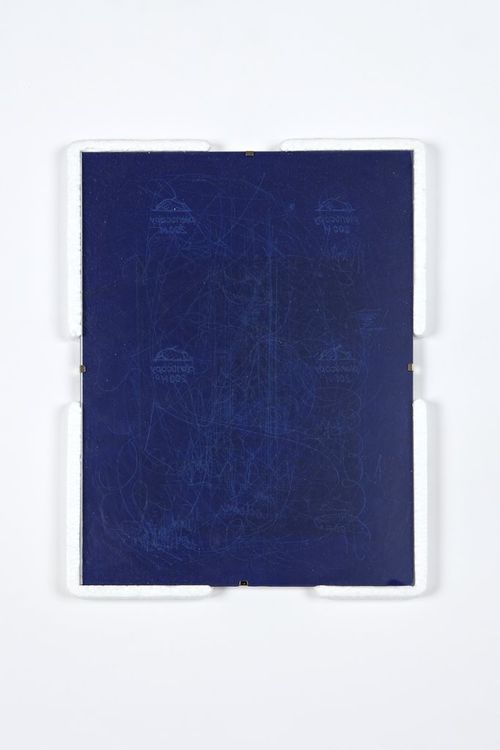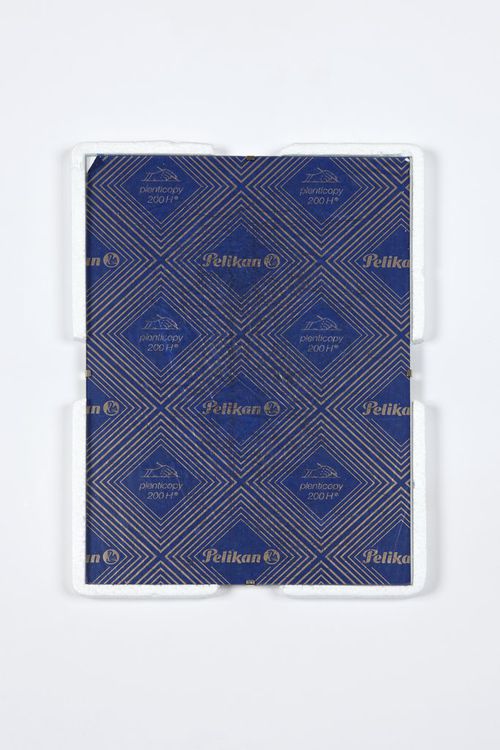Anders Nordby
Friday, 18 October 2013
Work from The Queens Gambit Declined at STANDARD (OLSO).
“By way of anecdote we learn that Duchamp’s premature abandonment of art for chess was brought about after watching dandy author Raymond Roussel playing chess in a Parisian café. What one really learns from such an anecdote soon becomes somewhat unclear confronted with the elegantly ephemeral poise that marks efforts carried out by Anders Nordby—he knows all the tricks yet can’t help dissolving them as all these movings and tremblings set in motion proceed. While the art of the 20th century’s deep infatuation for all things chess is well-known, as is the Roussel epiphany of Duchamp, another key admirer of Roussel, namely Surrealist André Breton, infamously nurtured a visceral disdain for chess. When Breton and Nicolas Calas constructed their idiosyncratic Wine Glass Chess Set it was accompanied by a series of “profanations.” A series that concludes with the statement “[w]hat must be changed is the game itself, not the pieces.”
What is less-known is that Breton suffered from an obscure condition called “anarchic hand syndrome” and certain biographers suggest that the papal Surrealist’s aversion to chess in fact is a function of this disorder. Its most prominent symptom is loss of the sense of agency, meaning that while the hand still somehow is a part of oneself and one’s body one loses the ability to control the movements of the hand. One could also speculate further whether Breton was in fact suffering form the related and slightly worse disorder, “alien hand syndrome,” where one in fact senses a loss of ownership of the hand, where one’s hand is an estranged, displaced object responding to anything but the commands of its “owner’s” brain. In this state of separation from one’s own limbs the hand becomes an alien object that increasingly responds to the calling of other objects; a hairbrush on the table in front of it, a box of matches, an old magazine, a piece of dirt, a baseball glove, a wild plant, a magnifying glass, a Whippet, a vase.
One could perhaps imagine someone faking an alien hand, someone letting themselves get absorbed in a fluid back and forth movement, letting their own sense of agency bleed away onto an array of more or less estranged limbs and dismembered objects. Exo-consciously constructing and then essentially losing control of what would be an alien phenomenology of sorts. “Only inspiration is in control,” Breton and Calas attribute to Baudelaire in their “Profanation” manifesto of (un-)chess. Similarly, in this plethoric tangled network of art objects, secrets, claimed artistic personae, fraudulent identities, withheld invisibilities, and actors botching their roles, the different nodes of an ever expanding networkedness come to disregard the common binaries between subjectal and objectal, animate and inanimate, cognitive and non-cognitive agencies.
We mentioned the dandy. As is well-known, the dandy is not normally an artist, because an artist normally seeks the limelight. But then: what is the limelight, etymologically speaking? An intense white light obtained from heating up and burning incandescent quicklime. So, what if the limelight is something that in and by itself is something that actively, yet without intention, seeks out the dandy cum artist? The networks emerging from what one could propose to term autopoetic alien nodes one somehow slides in and out of as if caught in a revolving door. In Nordby’s work these nodes form fluid substrates and ontologies. One is led to think of certain passages from Belgian Symbolist author Georges Rodenbach’s 1892 novel, Bruges-la-Morte. This is a novel eerily ahead of its own time, in which the protagonist’s increasing identification with the city’s inanimate buildings and lifeless mirror-images take on an uncanny, indeterminate biotic existence. To Rodenbach, this cold limelight, these multiple codings, turns out to be an actual and material fluidum, both letale and elan, a fluidum infused via the fractal nodes of the cityscape itself. Rodenbach writes: “Mute analogies. The mutual interpenetration of the souls and the things. We enter into them while they enter into us. Cities have their own personalities, a self-sufficient spirit, a trait that is almost objectified, one that corresponds to joy, to new love, to renunciation, to widowry.”
A longer reading will have to demonstrate the theoretical transport of what Rodenbach dubs mute analogy, particularly in regards to the pictorial rhythms and pulsions of today. Further—when it comes to Nordby —these notions manifest in tandem with talk and stuttering of insect media, swarm intelligences and so on and so forth. If the artist cum dandy, or was it the other way around, sets out to un-work yore’s notions of idleness, encounters the algorithmic weightlessness characteristic of a package sniffing networked society, the proverbial working-ants, develop their own brand of idiosyncratic anarchic and alien limbs. The ant cum dandy… the danty, the Dante, the Danton, the Dantec. Springing forth new purgatorical patterns and diffusing biotic agencies.” – Peter J. Amdam



